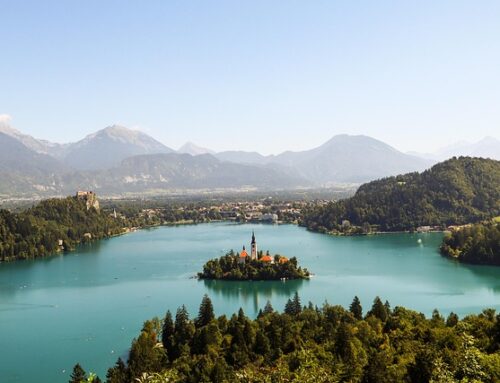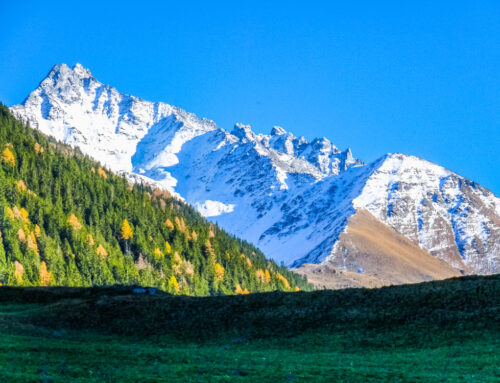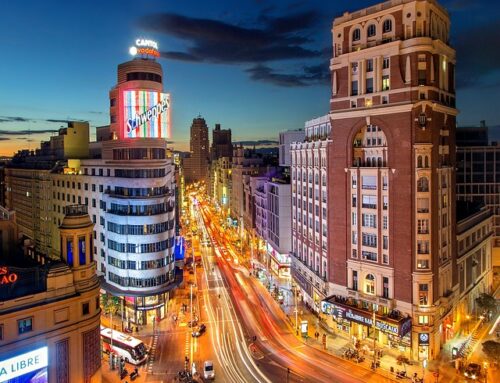Sightseeing Beyond The Taj Mahal – Visit Fascinating Agra!
Sightseeing beyond the Taj Mahal – pay a visit to beautiful Agra.
Agra is a fascinating city. Capital of the Mughal Empire for a hundred and thirty years, Agra is endowed with beautiful archaeological sites of immense historic significance. The first of these that comes to mind is, of course the Taj Mahal. The beauty and fame of the Taj is so widespread that visitors often make day trips from Delhi exclusively to visit this glorified tomb and return immediately. But there’s so much more to Agra than the Taj Mahal; so I got myself an Agra tour guide and set off to explore this intriguing city.
My first stop was Agra Fort. This fortress was originally a brick structure from the 10th century. When the Mughals took it over, it got its new and present avatar of red sandstone under Emperor Akbar. Though a large portion of the fort is off limits, there is still enough of it to make it worthwhile to spend the day there. Walking within its 70-meter tall walls, I got beautiful photo ops within the fort and from its various balconies; a favourite is a shot of the Taj Mahal at sunset. While at the fort, don’t miss the exquisite marble inlay added by Akbar’s grandson, Shah Jahan.
A short walk north from the fort, and I reached Kinari Bazaar. This bustling bazaar, overflowing with people, is a chaotic maze of lanes, each specializing in a different item. One could easily spend a day here to look up clothing, spices, marble work, jewelry and artifacts.
Time for a day trip – A short 40-kilometer drive from Agra, and I reached the abandoned city of Fatehpur Sikri. This city was Emperor Akbar’s capital for a short span of 14 years and after his death it was abandoned due to water shortages. It is a unique example of Mughal architecture, a blend of Islamic and Hindu elements, reflecting the Emperor’s famous tolerance towards other faiths.
The next day was dedicated to another day trip, this time to Sikandra, to visit Akbar’s Mausoleum on the outskirts of Agra. According to tradition, Akbar started construction on this site in his lifetime. Though completed after his death in the year 1613 by his son Jahangir, Akbar had already decided and finalized every detail there was to be. The entrance to the tomb is through a massive gate, built to imitate the Buland Darwaza at Fatehpur Sikri. It’s a huge tract of land and the mausoleum within it is a square building with arches, canopies, decorative panels and multiple levels. The setting is dramatic yet simple and the walled gardens only add to the grandeur of the place. At the very centre lies the Emperor’s tomb, a simple inscribed oblong marble structure that lies directly above the actual tomb under the ground. Nearby are similar tombs of the Emperor’s daughters.
A kilometer along the road is Mariam’s tomb, built by Jahangir. Mariam Zamani, a former Rajput queen, was Akbar’s wife and Jahangir’s mother.
On the way back to Delhi from Agra, I was advised to take the hour and a half trip to nearby Mathura. Mathura is one of seven sacred Hindu cities, the birthplace of Lord Krishna. The city is full of temples and bathing Ghats along the banks of the river Yamuna. I spent the night here and was able to witness the beautiful evening aarti ceremony where hundreds of lights are floated on the river after prayers. A truly divine experience!
As I left Agra, I realized that this trip had given me a new and more complete perspective of the city.





